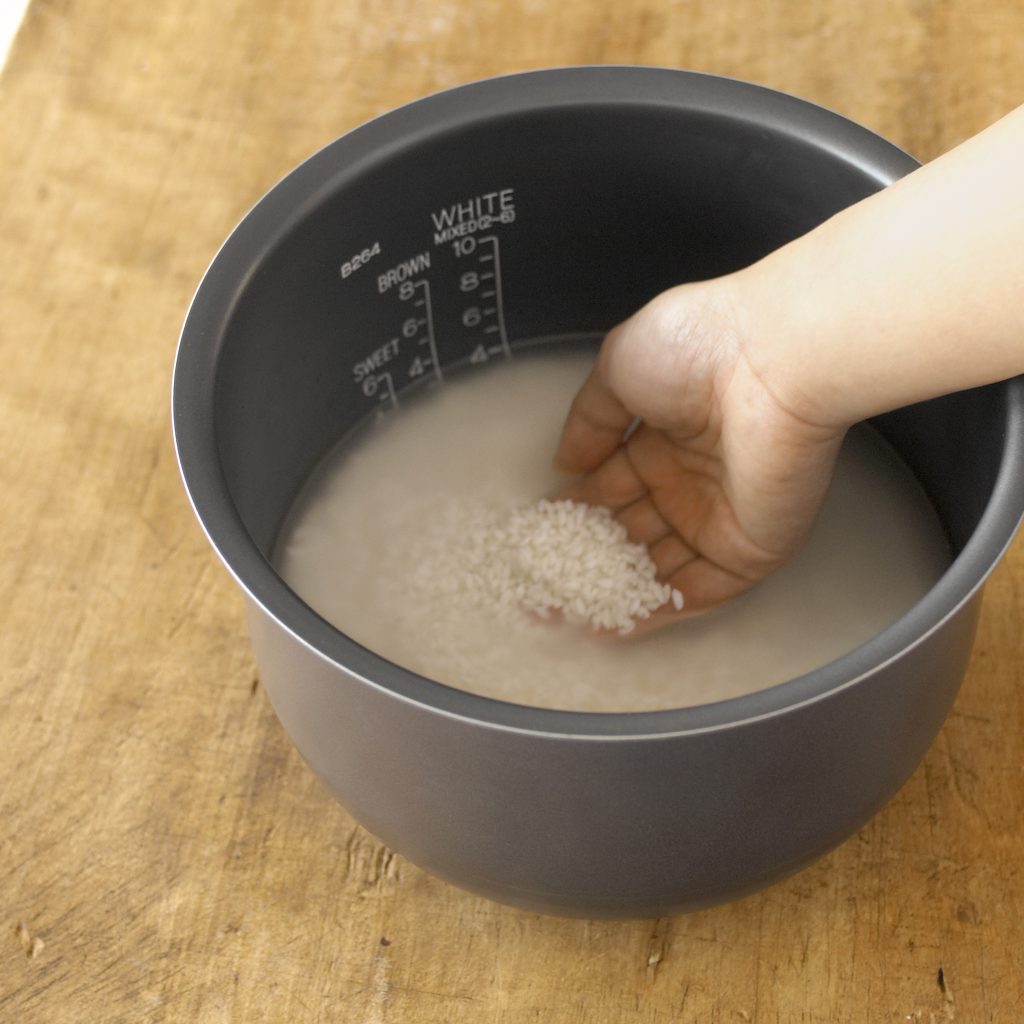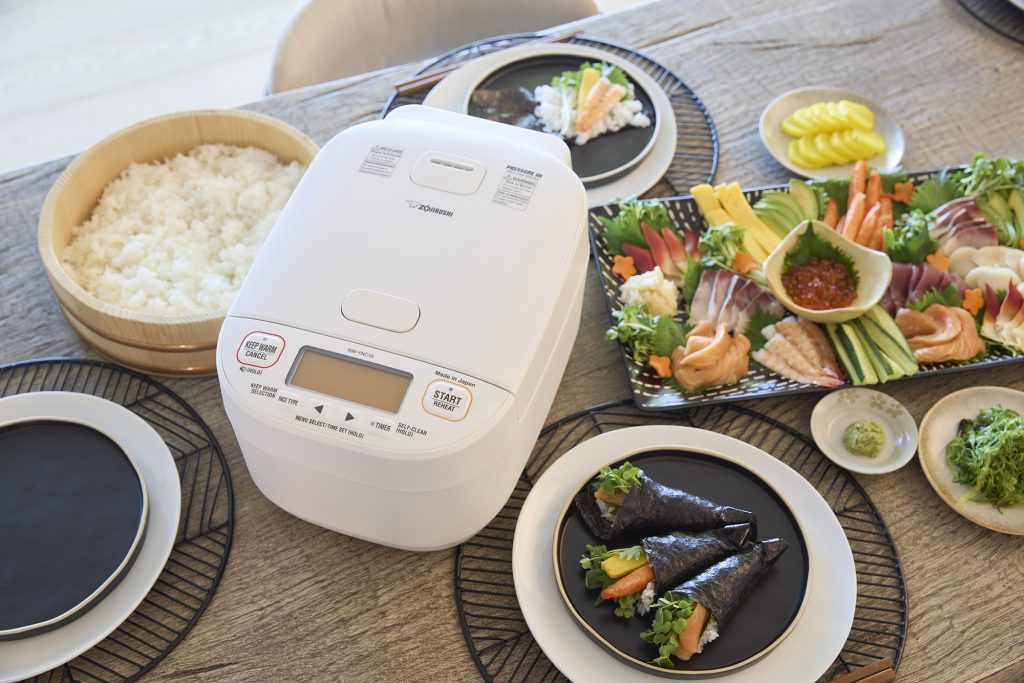If you own a rice cooker, chances are you’ve asked yourself this question at least once: Should I wash my rice right in the inner pot, or is that a bad idea? On the one hand, it’s convenient and creates fewer dishes to clean! On the other hand, you might be worried about scratching up that shiny, nonstick coating. Let’s break it down together and see what’s safe, and along the way we’ll share some simple tips on how to wash rice while keeping your rice cooker happy for years to come.
Does Washing Rice in the Inner Pot Damage It?
The Risk: Scratching the Coating
Older manuals were pretty strict about this. Scrubbing too hard while rinsing rice could scratch the coating, which eventually makes rice stick, burn, or just cook unevenly.
The Good News: Stronger Pots Today
Technology has come a long way! Many modern rice cookers are designed with inner pots that can handle gentle washing. If you swirl your rice with your fingertips in a light, careful motion, you’re usually safe. Of course, every rice cooker inner pot design is a little different, so when in doubt, peek at the instruction manual just to be sure.
And if you’re a Zojirushi fan, you’ll be glad to know the Zojirushi rice cooker inner pot is built with durability in mind, making gentle washing less of a worry.
The Right Way to Wash Rice
Did you know rice milling has improved, too? That means there’s no need to scrub rice aggressively anymore. Instead, use a gentle swirling motion with your fingers. This helps remove excess starch without crushing the grains, making your cooked rice come out fluffy and delicious. Now that you’ve washed your rice, check out Zojirushi’s tips to cook rice perfectly.
Washing Tips for Different Rice Dishes:
- For Sushi Rice: Rinse the rice 3–4 times until the water runs mostly clear. This ensures the grains stay slightly sticky and perfect for shaping or rolling.
- For Curry Rice or Donburi: A lighter rinse (2–3 times) leaves just enough starch to give the rice body, so it pairs well with saucy dishes.
- For Fried Rice: Wash thoroughly until the water is nearly clear. This helps keep the grains separate and less sticky when stir-frying.
What to Avoid When Caring for Your Inner Pot
Even the toughest pot has its limits. Here are a few things to avoid if you want to keep yours in tip-top shape:
- Using whisks, strainers, or other metal tools in the pot
- Banging the rice paddle against the pot to loosen stuck grains
- Soaking dishes or utensils in the inner pot
- Scrubbing with steel wool or abrasive sponges
- Using the rough side of a sponge or any polishing agents
- Stacking pots upside down in the dishwasher or drying rack
- Dragging the pot across counters or sinks
- Mixing vinegar directly inside the pot (like when preparing sushi rice)
- Washing rice that has small foreign particles in it
These might seem harmless in the moment, but they can add up over time and shorten your inner pot’s lifespan. If yours ever gets too scratched to function well, an inner pot replacement is usually available so you can keep enjoying your rice cooker without buying a whole new one.
Bottom Line
So, is it safe to wash rice in the inner pot? For many modern rice cookers, yes, as long as you’re gentle. The key is to avoid anything that could scratch or wear down the coating. And when in doubt, always double-check your manual.
By treating your inner pot with care, and adjusting your rinsing style depending on the recipe, you’ll protect its coating and enjoy delicious rice dishes—whether it’s fluffy sushi rice, rich curry rice, or perfectly separated fried rice—for years to come.
Share Your Creations
Want to know what’s so great about rice cookers? They’re not just for plain white rice anymore. Experiment with different recipes and flavors and make it your own! If you come up with something tasty, share it with us by tagging @ZojirushiAmerica and adding #Zojirushi and #ZoFan. We can’t wait to see what you’re cooking up!


Leave a Reply